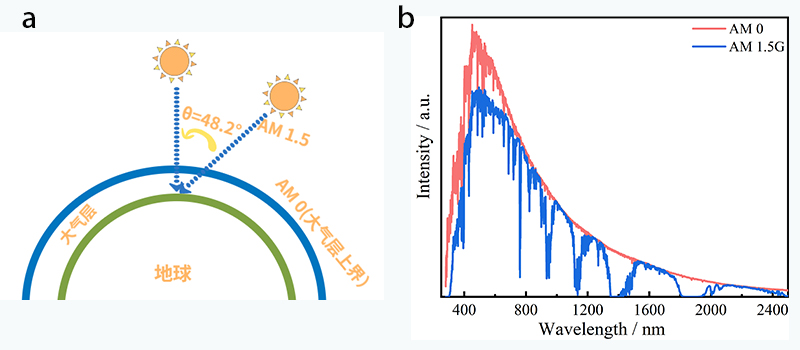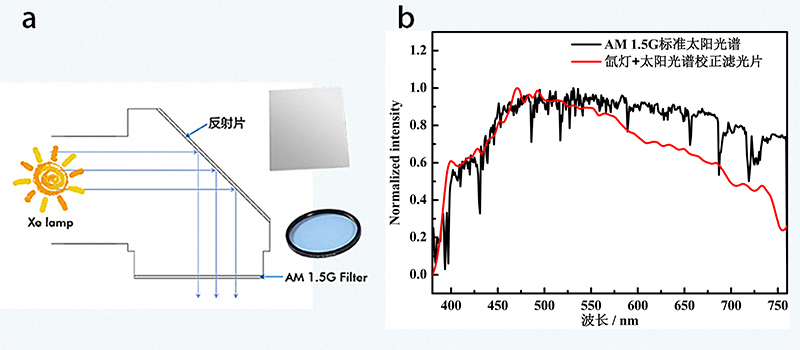
Filters are optical components that attenuate light intensity, alter spectral composition, or limit vibration planes.
As commonly used accessories in photochemical experiments, filters are fabricated on glass or quartz substrates with different coating materials to achieve the desired filtering effect.
In the article explaining the difference between AM 0, AM 1.5, and AM 1.5G in the solar energy field, we can learn that AM stands for Air Mass, representing the extent to which the atmosphere affects the solar radiation received on the Earth's surface.
AM 1.5G originates from an ASTM (American Society of Testing Materials) standard related to solar energy. It defines AM 1.5G as the reference spectrum for standard testing of solar energy conversion systems to facilitate comparisons between measurements taken at different times and locations. The standard AM 1.5G irradiance is set at 1000 W/m2.

Xenon lamp sources have some similarity with solar spectra, but xenon lamp spectra exhibit multiple high-energy peaks in the infrared region, which differ significantly from solar spectra. Therefore, when using xenon lamp sources to simulate solar light, it is necessary to install AM 1.5G filters to adjust the spectrum.
Solar spectrum simulation filters consist of AM 1.5G filters and total reflection plates.
If you require AM 0, AM 1, or other spectral filters, please call 400-1161-365 for customized solutions.
Material: Quartz
Total Reflection Filter
Size: 60x75 or 70x70, depending on the xenon lamp source model
Working Wavelength: 200~1200 nm
AM 1.5G Filter
Diameter: Φ63 mm, light aperture > Φ57 mm
Working Wavelength: 400~1100 nm
